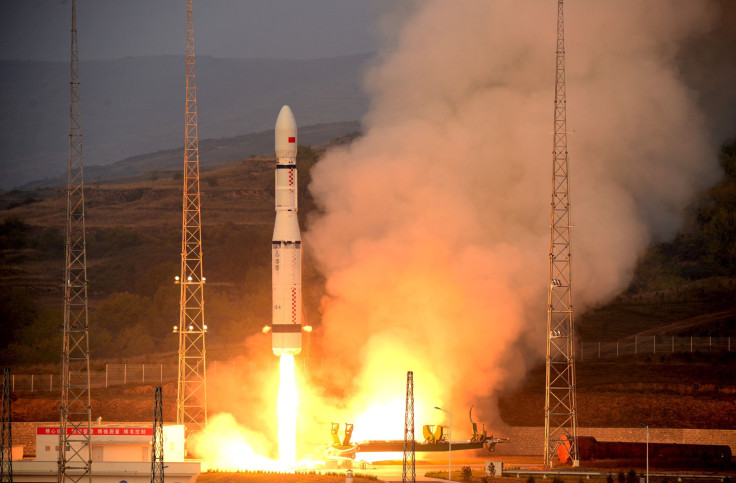China Launches Powerful Long March 6 Rocket Capable Of Carrying 20 Warheads

China has launched its first Long March 6 rocket into orbit with 20 small satellites, making it the third country to use a mulit-payload technology, South China Morning Post reported Monday. The successful launch was expected to put China in a better bargaining position with the United States as China prepares to test larger boosters in the next few months.
“The launch will send a message to the US that the PLA now is capable of breaking its ballistic missile defense system in Asia, because … the multi-payload technology can also be used on the DF-41 [long-range nuclear missile],” military policy analyst He Qisong of Shanghai University of Political Science and Law told the newspaper.
The DF-41 is considered China's most powerful weapon, and can carry up to 10 warheads. The new technology used in the Long March 6 is expected to strengthen the weapon, potentially allowing it to carry some 20 warheads and aim at various targets.
The Long March 6 is a liquid propellant carrier rocket, developed by the Shanghai Academy of Spaceflight Technology. It was designed as a light capacity vehicle, meant to complement the heavier Long March 5 rocket.
The rocket marks a move from previous satellite launchers that burn toxic propellants. The first launch of the new technology was reportedly successful, as U.S. military tracking data reportedly showed objects attributed with the mission were in near-circular orbit 326 miles above Earth. It was launched from the Taiyun space center in northern Chinese Shanxi province in September. Similar technology is already used by the U.S. and Russia.
The rocket is designed for quick use, allowing Chinese officials to launch when needed. “We believe it will greatly boost the competitiveness of Chinese carrier rockets in the international market. The new model will also significantly improve our ability to access space,” Zhang Weidong, of the Shanghai Academy of Spaceflight Technology, said in an article by China’s state-affiliated Xinhua news agency, according to Spaceflight Now.
© Copyright IBTimes 2024. All rights reserved.






















